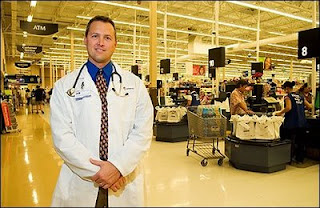NY Politicians Get Smart: Let the Market Work

For the first time, it would become entirely legal in the state for average fans to scalp their seats on the Internet. And, for better or worse, they could sell those tickets at what ever price the market is willing to bear.
NY Governor Eliot Spitzer said “Ticket scalping laws historically have not worked. I think permitting a free market to work its magic there is the smart approach.”
Other states have also reconsidered anti-scalping laws. Minnesota tossed its old anti-scalping laws this spring. A bill that would ease Missouri's ban on selling tickets to sporting events at more than face value passed the legislature and is now before the governor.
The shift has been propelled in part by the explosion of Internet ticket sales that has made it nearly impossible for states to enforce price caps. New York's old rule limiting a seller's profits to no more than 45 percent over face value has been widely ignored online.
Another NY Times article on ticket scalping from yesterday is here.
Just wondering, won't this lead to "unconscionably excessive" ticket prices? And "ticket gouging" for sporting events? And doesn't the "free market magic" also apply to gasoline?
































